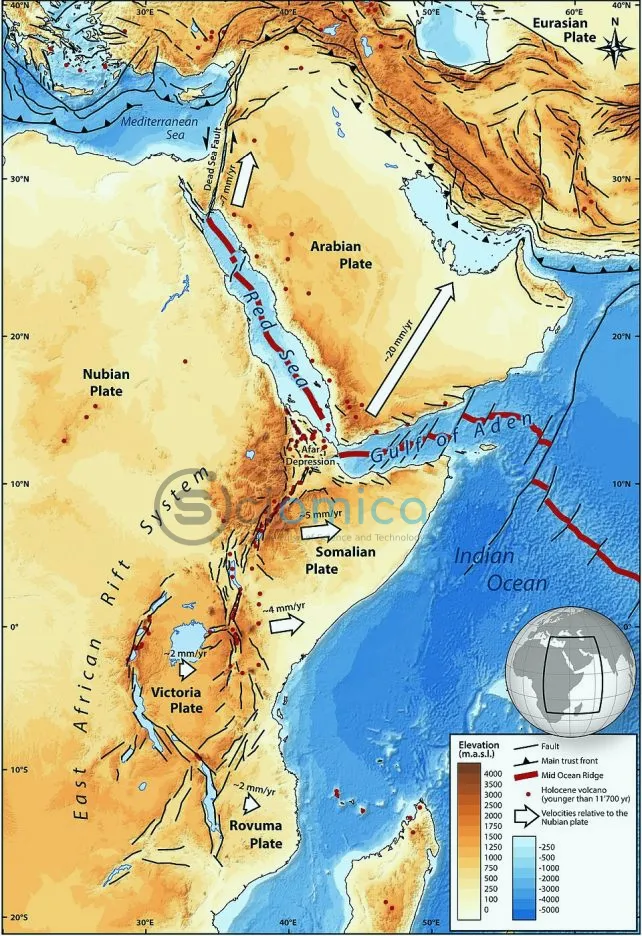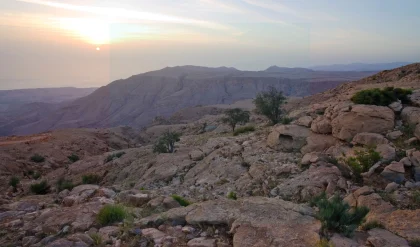
In a groundbreaking discovery, scientists have detected a rhythmic pulse beneath the Afar triple junction in Ethiopia, offering new insights into the dynamic processes shaping the Earth’s crust. This area, where the Arabian, Nubian, and Somalian tectonic plates converge, is currently undergoing significant geological changes as it slowly transitions into a new ocean basin.
Researchers, led by geologist Emma Watts of Swansea University, conducted a study to analyze volcanic activity in this unique geological hotspot. Their findings reveal that the mantle beneath Afar is not only variable but also exhibits pronounced pulsing activity, reminiscent of a heartbeat. According to Watts, “We found that the mantle beneath Afar is not uniform or stationary – it pulses, and these pulses carry distinct chemical signatures.”
The Afar triple junction is a critical area of geodynamic activity, where magma rises to the surface, and tensions between the tectonic plates create a ravaging landscape. As the plates pull apart, scientists anticipate that the crust will eventually thin enough to drop below sea level, resulting in the formation of an ocean basin linked to the Red Sea.

In their pursuit of understanding the geological processes at play, Watts and her team collected over 130 samples of volcanic rock from the Afar region and the Main Ethiopian Rift. Through comprehensive chemical analyses and advanced modeling techniques, they were able to identify distinctive chemical bands that underscore the active geological processes beneath the surface.
The researchers found that these chemical stripes signal the presence of a single, asymmetrical mantle plume that is influenced by the tectonic activity above it. “The chemical striping suggests the plume is pulsing, like a heartbeat,” noted geologist Tom Gernon from the University of Southampton.

The research signifies that the mantle upwellings could be influenced by the movement of tectonic plates, providing new perspectives on volcanic activity and continental breakup. Derek Keir, a geophysicist involved in the study, highlighted the implications of the findings: “We have found that the evolution of deep mantle upwellings is intimately tied to the motion of the plates above,” indicating how this interplay affects surface volcanism and earthquake activity.
As the research continues, scientists hope to further understand the rates and dynamics of mantle flow beneath tectonic plates, contributing to a deeper comprehension of the geological forces that continuously reshape our planet. The findings have been published in the journal Nature Geoscience.






